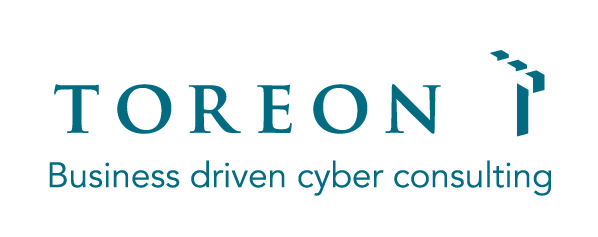Responsibilities, risk and balance
As a CISO, it is crucial to understand your responsibilities when it comes to cloud security. The cloud offers numerous benefits, but it also presents unique challenges that require your attention and proactive management.
We must recognize that security is an ongoing risk, not a problem with a one-time fix. Crime cannot be completely solved, and similarly, security is a continuous process that requires constant vigilance. At its essence, security is a discipline of risk management, specifically centered around mitigating business risks. Just like any other risk, security cannot be addressed by a single solution; it involves assessing the probability and impact of damage from potential attacks or negative events.


